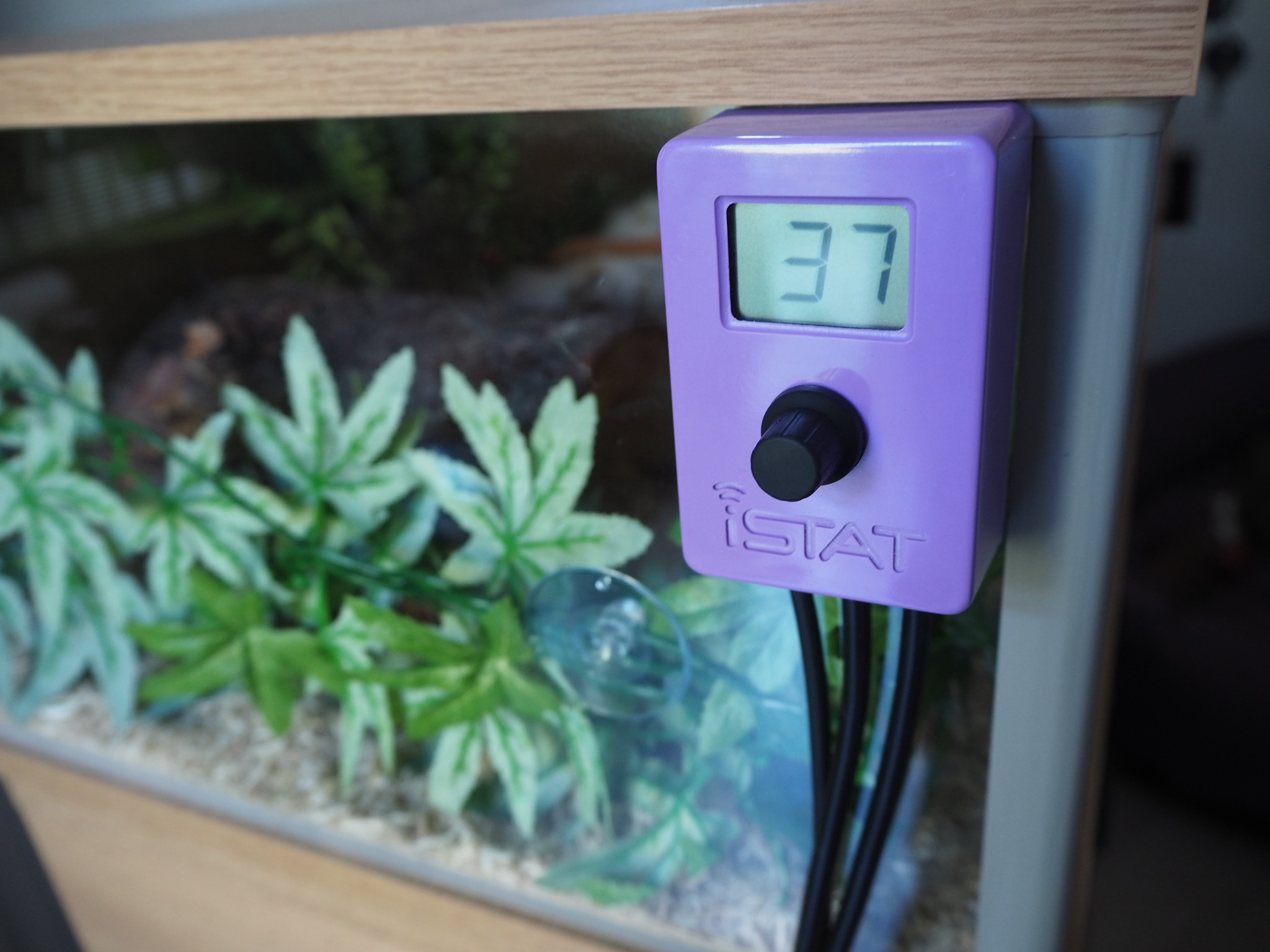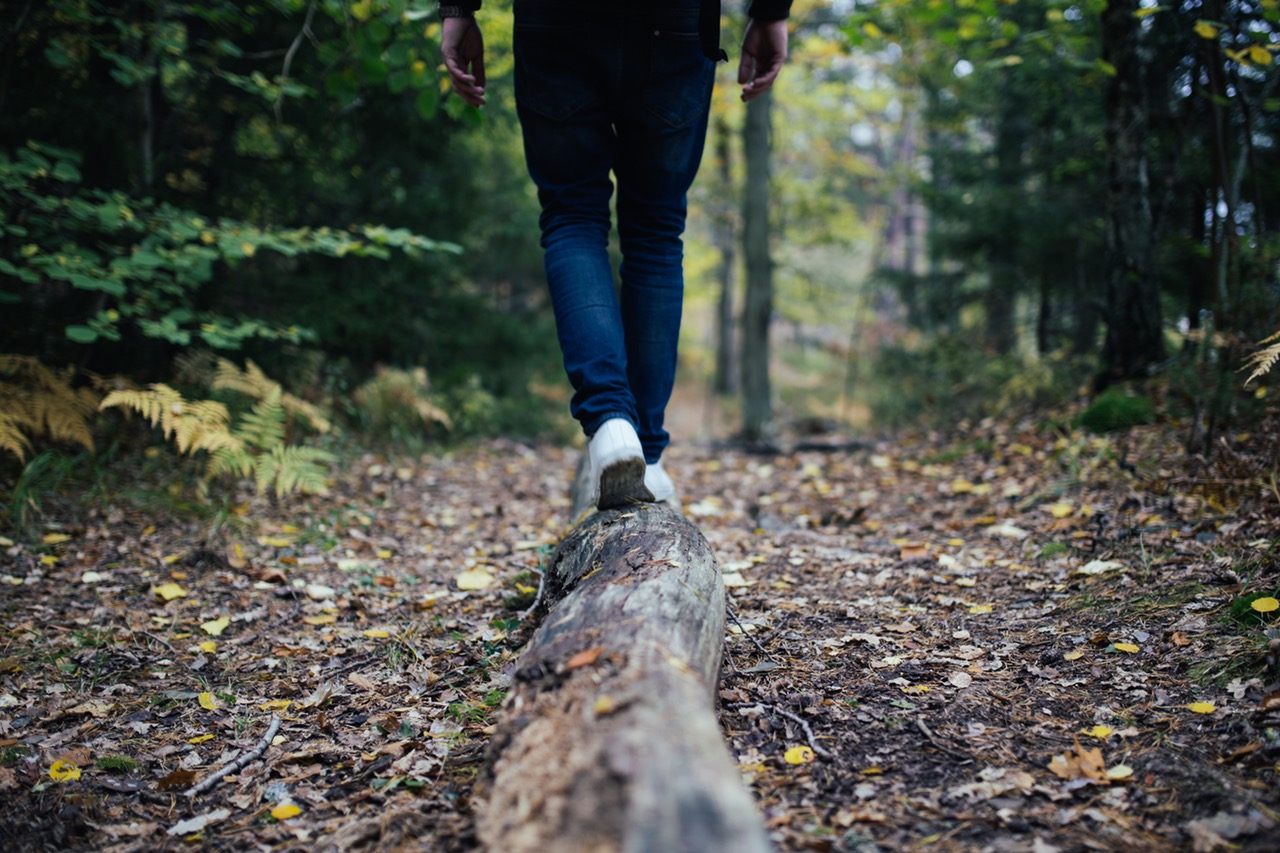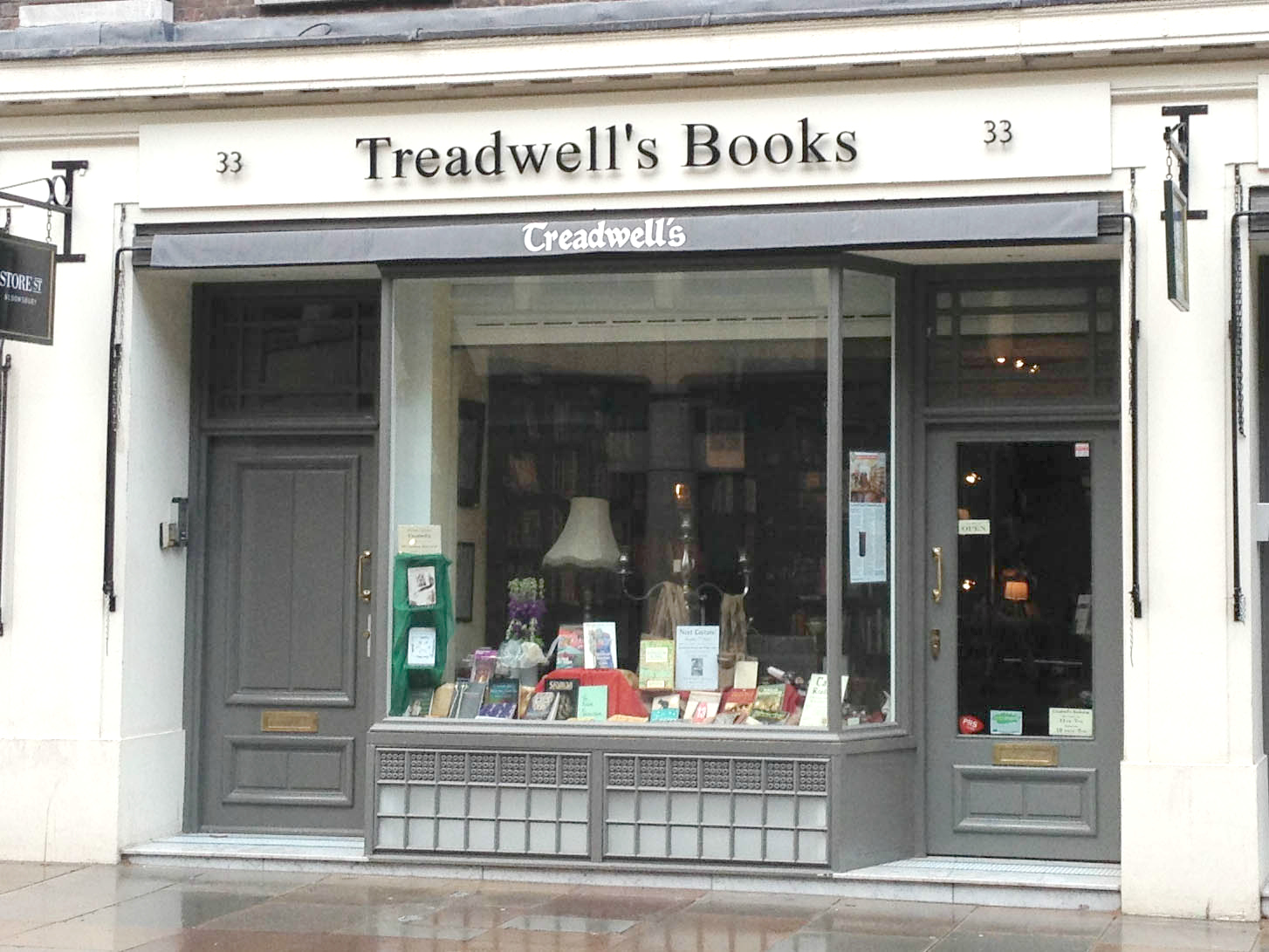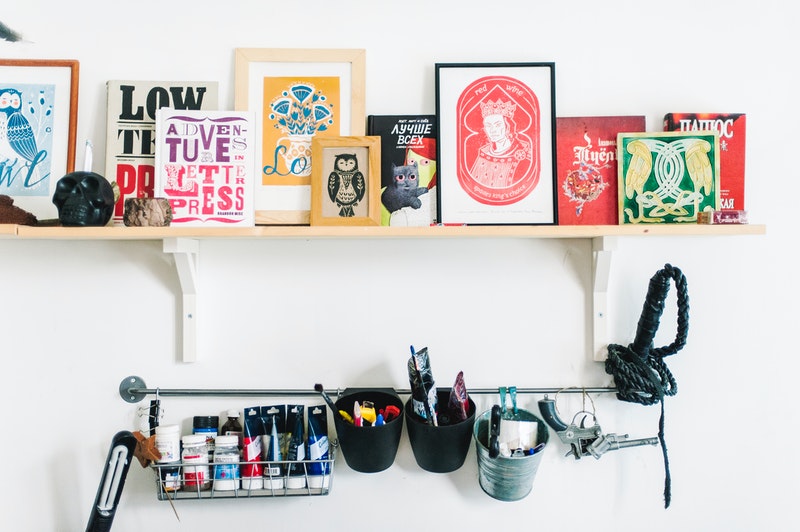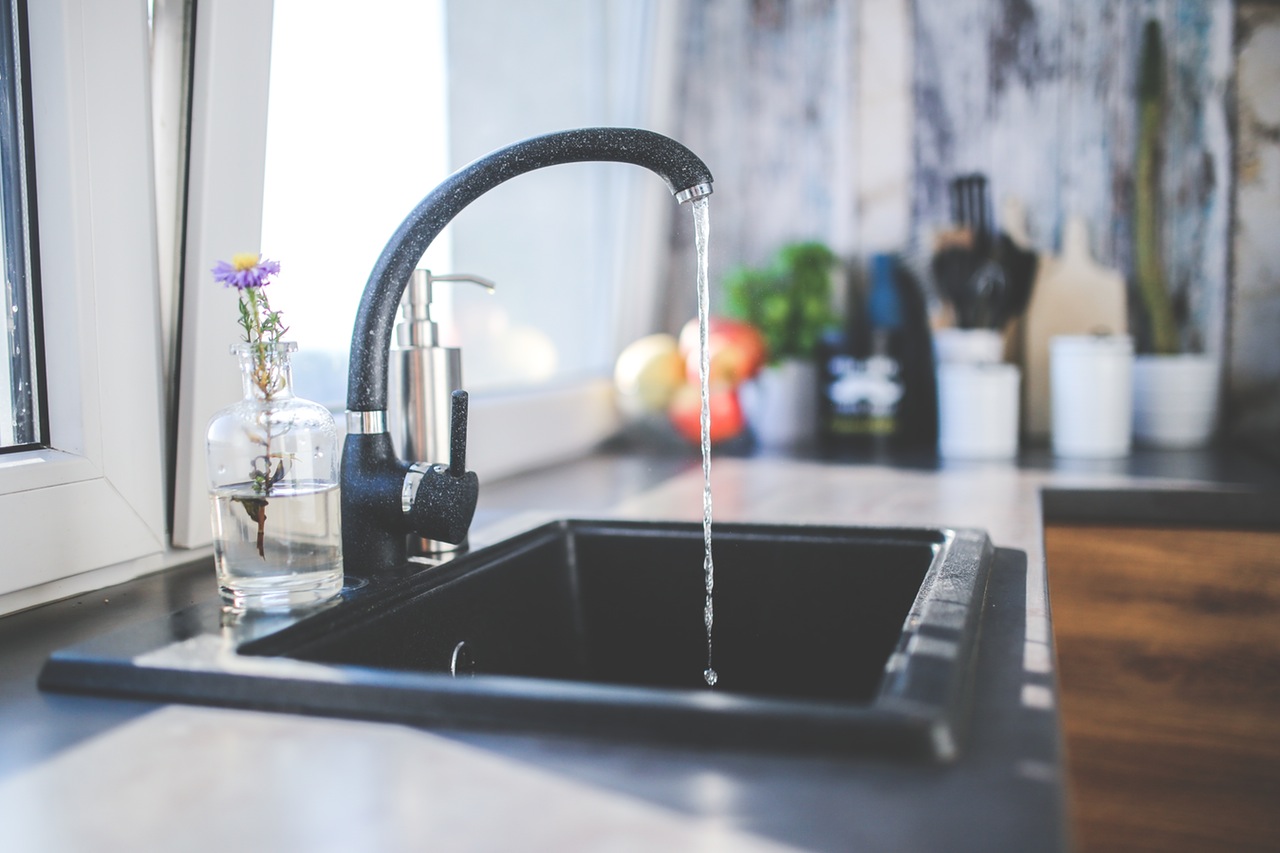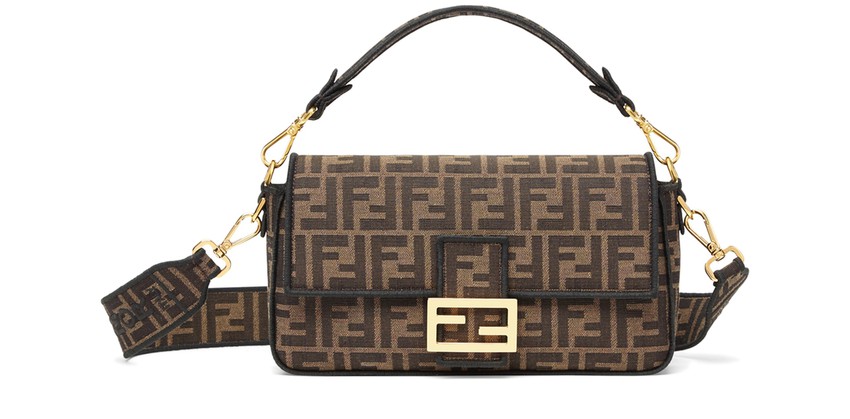Exploring the UK: Birmingham
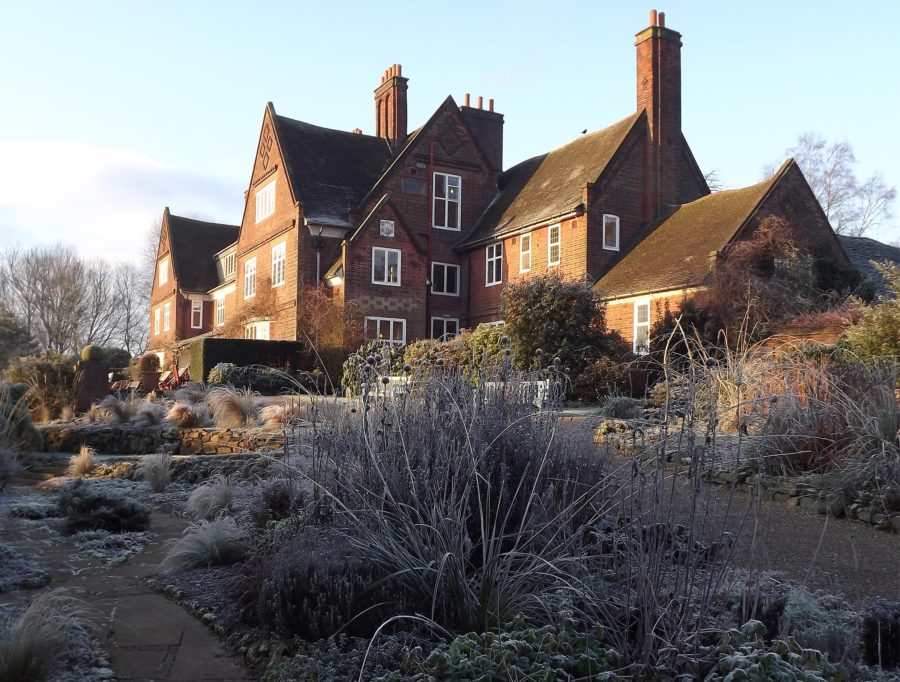
I am a big fan of staycations and having the chance to explore the UK, having spent a lot of time when I was younger travelling the country with my family and visiting local attractions. Birmingham is the largest and most populous British city outside London and has an array of exciting things to do and places to visit. Check out my suggestions here.
Where to stay
There are lots of options when looking for somewhere to stay in or around Birmingham, from well-known Hotel chains to Manor Houses such as Hampton Manor which is based around the city. When choosing somewhere to stay do your research and consider the things to want to do whilst staying in the UK’s second city.
Birmingham Museum & Art Gallery
If you’re looking to discover some history and culture then nowhere beats the Birmingham Museum and Art Gallery which boasts a collection of international importance covering fine art, ceramics, metalwork, jewellery, natural history, archaeology, ethnography, local history and industrial history.
The Art Gallery is known for its impressive collections of Pre-Raphaelite Brotherhood and Edward Burne-Jones paintings. If you prefer antiquities, I have to admit I do, then the Museum boasts a selection of coins ranging from ancient times through to the Middle Ages as well as fascinating artefacts from Ancient India and Central Asia, Ancient Cyprus and Ancient Egypt.
The BullRing
If you’re interested in retail therapy then head to the BullRing, the shopping hub of the city. Since the Middle Ages the site has seen many commercial uses, and today’s retail centre boasts more than 36 million visitors drawn in by over 160 stylish shops including Apple, Debenhams, Selfridges, Zara and Forever 21.
The Bullring and Spiceal Street offers a choice of stylish restaurants, cafés and places to grab a snack to replenish your energy between shops. The shopping centre is easily accessible and has solid transport links so it is easy to get to.
Jewellery Quarter
For more of a shopping buzz check out Birmingham’s Jewellery Quarter, Europe’s largest area of jewellery shops which produces 40% of all the jewellery made in the UK and historically the birthplace of many pioneering advancements in industrial technology. It also houses the world’s largest Assay Office which hallmarks and astonishing 12 million items every 12 months.
Nicknamed ‘Birmingham’s Gem’, the Jewellery Quarter has undergone a transformation into an attractive urban village home to a collective of creative businesses. Explore the area by taking the Findings Trail which was designed by maker Laura Potter of the School of Jewellery. The trail is made up of 30 pavement slabs with stainless steel plaques in the form of hallmark tags usually found on jewellery.
Birmingham Wildlife Conservation Park
For animal lovers, a trip to the Birmingham Wildlife Conservation Park is a must. The zoo features mainly small mammals and is well known for its national red panda breeding program. Other animals include lemurs, reptiles, meerkats, otters, birds, wallabies and a large collection of monkeys. Don’t miss feeding times where you can see the Porcupines, Tamarins and Lynxes get their dinner!
Some species kept at the Conservation Park are endangered in the wild and the Park plays an important role their conservation. The Conservation Park is a member of the British and Irish Association of Zoos and Aquaria and of the European Association of Zoos and Aquaria, and are part of a high profile European Endangered Species Programme.
Winterbourne House and Garden
I love visiting grand estates and houses, exploring architecture and getting a peek into life at a different time. Built for British industrialist and entrepreneur John Nettlefold, Winterbourne House and Garden is a grand Edwardian historic house set in beautiful gardens nestled in a leafy corner of Birmingham, complete with family-friendly interactive exhibits and a lovely terraced tearoom and gift shop.
The house was designed to make the best use of light with large windows, white painted panelling and south facing rooms. The Edwardian house’s restored rooms showcase furniture dating from the late Victorian era through to the 1920s as well as a selection of antiques. The Grade II listed gardens are a 7-acre oasis with over 6000 different plant species with features including a carnivorous glasshouse, an original sandstone rock garden and a woodland walk through Gunnera leaves and Rhododendron.
